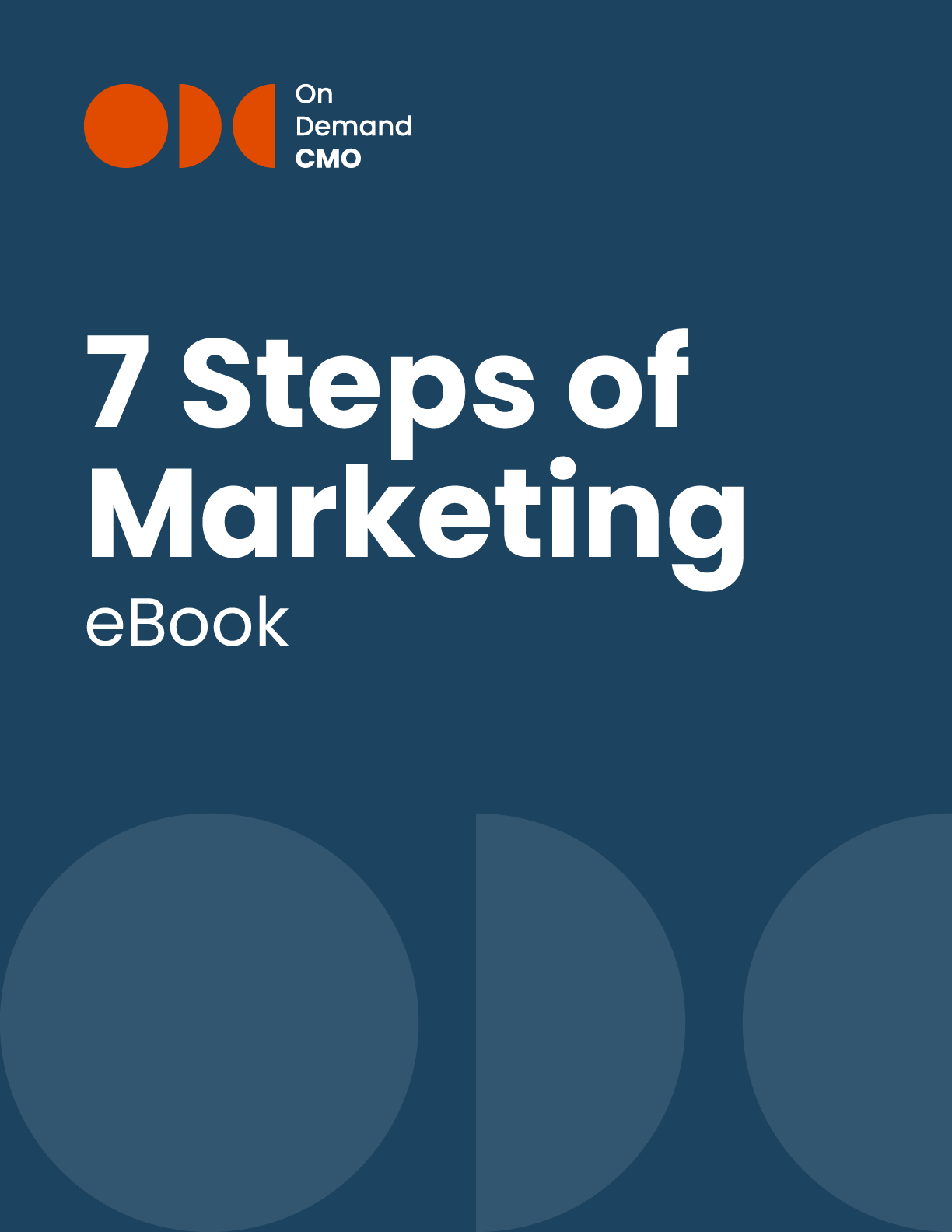![]() Back in the day, when direct marketing (i.e., direct mail or today, derisively, “snail mail”) was a primary way to solicit customers, the very real costs of copywriting, design, printing, postage, managing the mailing etc. gave marketers pause.
Back in the day, when direct marketing (i.e., direct mail or today, derisively, “snail mail”) was a primary way to solicit customers, the very real costs of copywriting, design, printing, postage, managing the mailing etc. gave marketers pause.
Typically, this meant that any new initiative would have started with an ROI calculation: x pieces to be sent at y cost per piece will generate z pieces “redeemed” and total sales of X. Online Marketing is like getting back to basics.
Online marketing in all its various forms—e-mail, banner ads, social media, pay per click, etc.—obviously lacks the physicality of old fashioned direct mail. As a result it is quicker to launch, easier to adapt on the fly and, overall, much less expensive, including the theoretically free social media.
But, really, social media is not free. As a content-driven medium, it requires a significant investment of time (and talent) and needs to be carefully managed and monitored. Banner ads online are far less expensive than print and TV ads, but their anemic click-through-rates similarly makes the ROI calculation tricky. Even pay-per-click (PPC) search—in theory, the ultimate in ROI-driven marketing (you only pay when someone clicks on your site)—is getting a second look as it becomes more competitive and the cost of keywords in many markets rises astronomically. A recent article in the business section of the New York Times gave a good rundown on how businesses are taking a second look at their PPC budgets.
So, the more things change, the more they stay the same. The fact that the actual costs in launching online marketing are lower doesn’t eliminate the need for careful upfront planning. The New York Times quoted a business professor as saying “AdWords can bleed many a small business dry.” That should give anyone pause.
One good way to organize your planning is to go back to the old, holy trinity of direct mail. Before you do anything think through your Target Audience, Offer and Creative.
Target Audience: Who do you want to sell to? Who have you been successful selling to? Where do they live, play, eat, shop, etc.
Offer: Will your offer appeal to this audience? Is it in their wheelhouse in terms of price, features, complexity/simplicity, etc.
Creative: Does your creative—whether it’s a blog post, a Facebook entry or a banner ad—effectively present the value and unique selling proposition?
Typically, in direct mail, the primary mistake made by marketers is to get too wrapped up in the creative and not pay enough attention to the less sexy areas of audience targeting and offer development.
The online world makes juggling these three components a bit easier, simply because you can adjust them on the fly once a campaign is launched and you see the initial results.
Still, it’s amazing how many marketers don’t take full advantage of this, for example, by running A/B tests of different creative and different offers in different online venues. Shouldn’t we approach social media with the same best practices of yesterday’s direct marketing? I think so. What do you think?

OnDemandCMO has authored 7 Steps of Marketing, the only marketing guide book you’ll need to either get your marketing started properly, or stay on track strategically.
It features best practices on branding, messaging, social media, lead generation and much in between.
Please let us know who you are, and we'll share a few of our secrets (we don't sell or trade your info)!